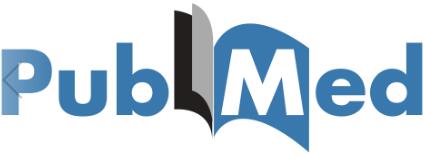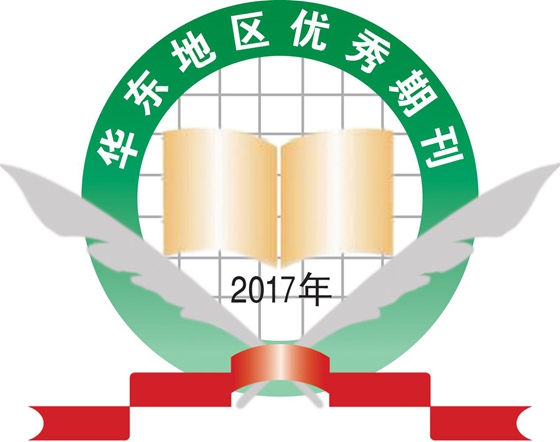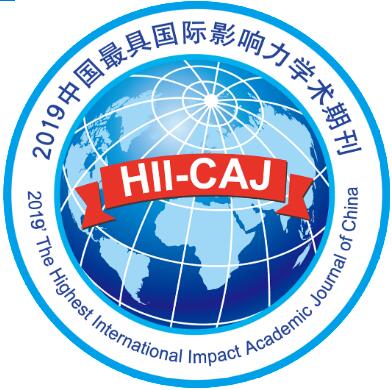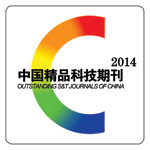Background
Filiform needle acupuncture (FNA),
the most classical and widely applied acupuncture method based on
traditional Chinese medicine theory, has shown a promising effect in the
treatment of allergic rhinitis (AR).
Objective
We
aim to comprehensively evaluate the efficacy, safety,
cost-effectiveness, and patient preference of FNA in the treatment of AR
by comparing FNA with sham acupuncture, no treatment, and conventional
medication.
Search strategy
Eight
electronic databases were systematically searched from inception to
October 14, 2021. Additional studies were acquired from clinical trial
registration platforms and reference lists.
Inclusion criteria
RCTs were included if they compared FNA with either sham acupuncture, no treatment, or conventional medications for AR.
Data extraction and analysis
Two
researchers extracted data independently of each other using a
predesigned data acquisition form, and results were cross-checked after
completion. The primary outcome was symptom score (Total Nasal Symptom
Score or Visual Analog Scale), and the secondary outcomes were the AR
control questionnaire, quality of life (QoL) score (Different versions
of Rhinoconjunctivitis Quality of Life Questionnaires), medication score
(use of rescue medication), mental health score, total IgE, adverse
event rate, clinical economic indicators, and patient satisfaction
score. Standardized mean difference (SMD) or mean difference (MD) with
95% confidence intervals (CIs) was used to calculate the effect size for
continuous data, while risk ratio with 95% Cis was used for dichotomous
data.
Results
Thirty studies were included
in this review. Compared with sham acupuncture, FNA significantly
reduced the symptom score (SMD: –0.29 [–0.43, –0.15]), AR’s impact on
QoL (SMD: –0.23 [–0.37, –0.08]) and medication score (SMD: –0.3 [–0.49,
–0.11]). Compared with no treatment, FNA dramatically reduced the
symptom score (SMD: –0.8 [–1.2, –0.39]) and AR’s impact on QoL (SMD:
–0.82 [–1.13, –0.52]). There were no increased rates of adverse event
with FNA compared to sham acupuncture and no treatment. FNA increased
patient satisfaction and may be cost-effective. Most pieces of evidence
from the above two comparisons were of high confidence. Moreover, FNA
significantly outperformed conventional medication in reducing the
symptom score (SMD: –0.48 [–0.85, –0.1]) and displayed a lower rate of
adverse events, but the quality of evidence was very low.
Conclusion
FNA
is an effective and safe intervention for AR and can help with symptom
relief, QoL improvement, reducing medication usage, and increasing
patient satisfaction. Further studies are needed to verify its
cost-effectiveness and superiority over conventional medication and the
best therapeutic strategies.
 Table of Content
Table of Content














